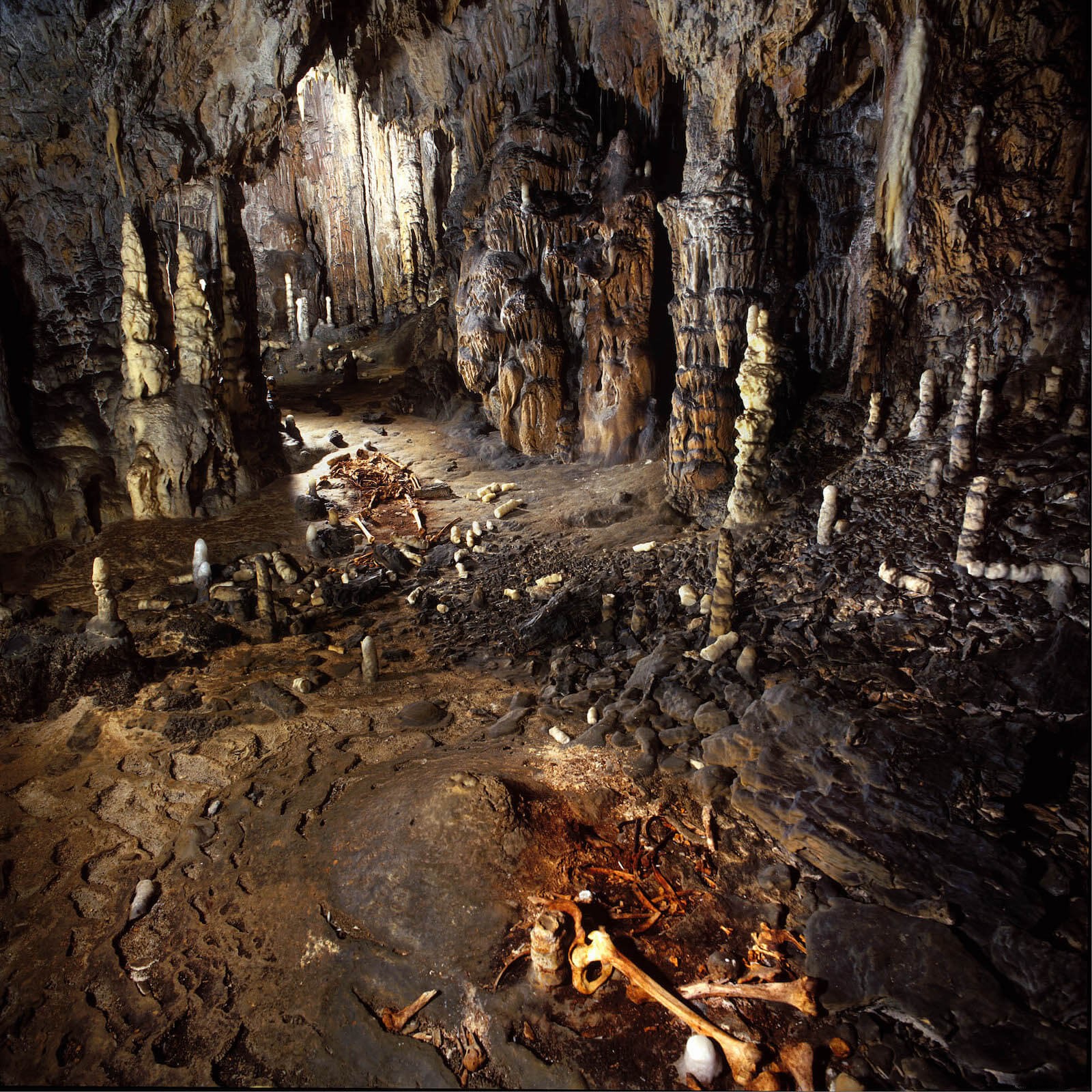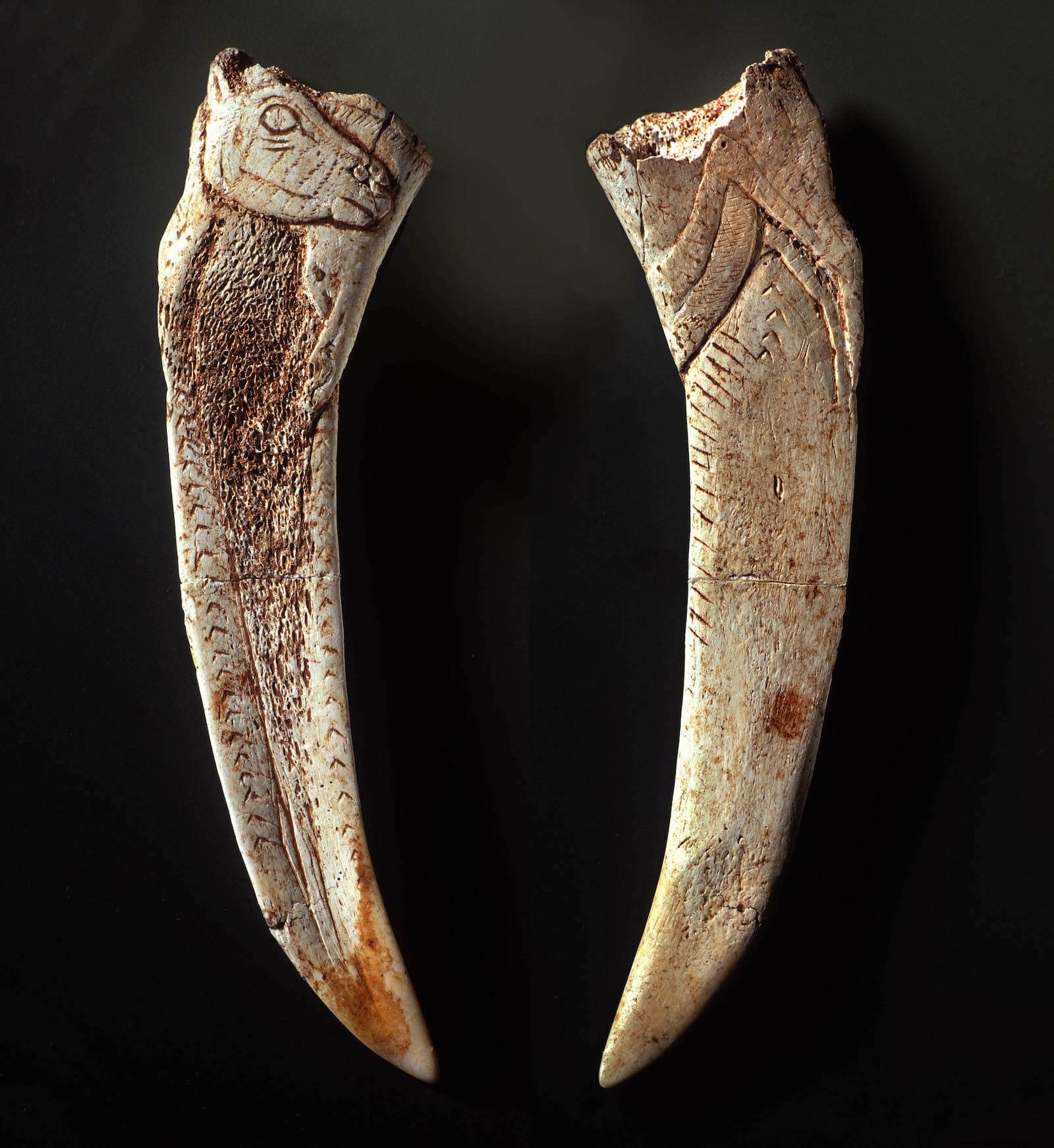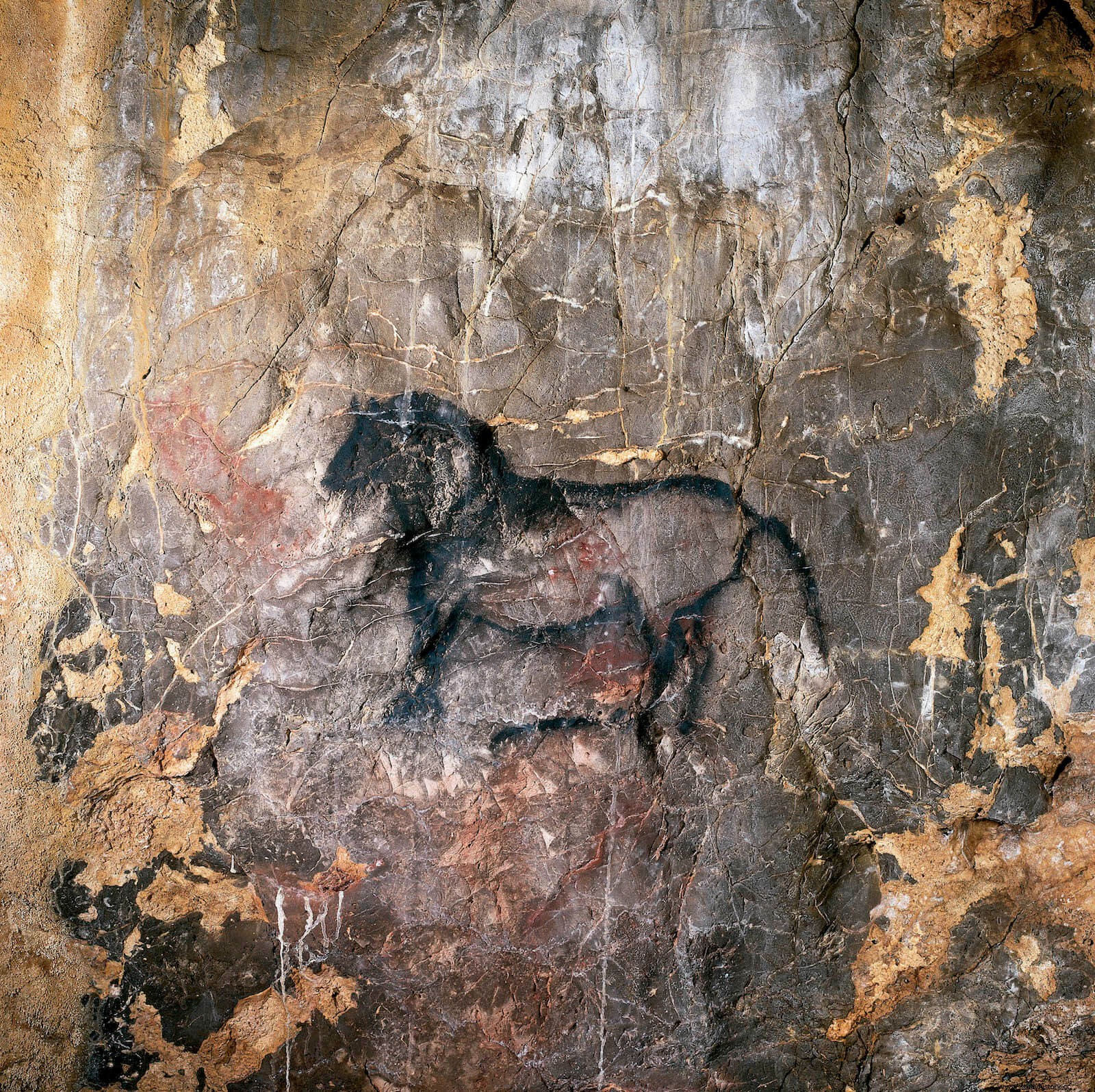
National archeology is in luck. Last Thursday, October 7, an international jury awarded the II Palarq Foundation National Award for Archeology and Paleontology , a private non-profit entity created just five years ago to promote scientific projects in human archeology and paleontology abroad, with a track record marked by an unquestionable commitment to making archaeological and paleontological research more visible and dynamic. If the first prize in 2018 went to the study project of the expansion of the Tartessian world towards the central valley of the Guadiana ("Building Tartesso"), this time the biennial award, endowed with €80,000, has gone to the project " The Mountain of time. Exploration of a paleolithic camp in La Garma”, led by a team led by Dr. Pablo Arias Cabal and Dr. Roberto Ontañón Peredo from the International Institute of Prehistoric Research of Cantabria (IIIPC).
Among the finalists of the twenty candidates for the prize were other outstanding projects that stand out for their great potential and scientific interest, such as the "Ilit auro" project on the Roman conquest of Alto Guadalquivir in the Second Punic War, which explores sites in the territory but also in Italy (battle of Numistro) and which gives continuity to research as relevant as the Baecula battlefield a few years ago; La Draga, one of the oldest Neolithic sites on the Peninsula, which requires complex excavation, partly on land and partly underwater –given its lacustrine nature– and which has already provided some elements of perishable material culture in the past in addition to many data on the settlement of the time; the essential project “Origin and cultural evolution of Homo erectus in East Africa”, which investigates on the ground the survival strategies of the Acheulean and the human groups that spread that material culture throughout the Old World; the always leading "Djehuty Project", which has already provided in the past abundant data on the Egyptian necropolis from 2200 BC. C. until Roman times; and the project “Almoloya-Bastida:discovering a Bronze Age civilization”, which explores nothing less than the political and social evolution of the Argar culture. Other equally noteworthy ones that also competed for the award also included no less relevant proposals, such as those of the Menga dolmen and the tholos of Montelirio, those of Heracleópolis Magna or Útica, or that of the Sidrón cave, to name just a few of them.
La Garma, a «Pompeii» of the Paleolithic
The merits of the award-winning project are not few. La Garma (Ribamontán al Monte, Cantabria) is probably the most promising set of sites for Prehistoric research in our country. The framework is made up of a hill with an elevation of 186 m that stands out in the surrounding landscape and is located in a place of passage near the coast that enters towards the interior valleys of the Cantabrian Sea. In addition to housing a fortified settlement from the Iron Age on its summit, the interior of the hill is an authentic Gruyere cheese, with a complex system of cavities, one of which –La Garma A– arranged on three levels (top, intermediate and lower) interconnected by short chasms. In such a rich karstic complex, remains have been found that range from the Lower Paleolithic to the Middle Ages, but among all that world of possibilities, the greatest stimulus is undoubtedly in the lower gallery, a site that is a real treasure Paleolithic .

The discovery of the gallery took place in 1995 starting from the intermediate zone through a chasm that descended 13 m. That was not the original access, but rather a landslide sealed off the natural entrance to the cavity some 15,000 years ago, thus preserving the Magdalenian levels corresponding to a hunting camp that occupied the gallery around to 16,700 years ago . From that frequentation, strata full of materials have been preserved, dwellings made up of light constructions in the form of cabins delimited with stone blocks and raised with skins, spaces with a possible symbolic load, such as the remains of a cabin covered with a lion skin from the caves, and countless elements of the material culture of the time, among which authentic jewels of furniture art stand out.
If all this may seem spectacular, the scientific scope of the place is further enhanced by its magnificent set of parietal art, which has several hundred representations in painting or engravings with figures of animals, negative hands, geometric and dotted motifs, etc. whose study is complex, given that the dense Middle Magdalenian levels that stand in front of it, forming authentic carpets of material that must be excavated step by step, guaranteeing its excavation and study. To this must be added other particularly sensitive traces, such as human fingerprints and the recently discovered footprints of children.

The Palarq award especially rewards excellence and originality of the project as a whole, as well as the use of innovative methodologies that are undoubtedly necessary to undertake such a complex study, which justifies a special commitment of this project towards non-invasive methods. The cavities of La Garma are also rich in speleothems (stalactites, lava flows, columns) that are providing paleoenvironmental data of great interest. In addition to all these vestiges, the bodies of five individuals buried there in the Visigothic period were also found in the lower gallery, with which the complexity and historical scope of the site are far from complete. And it is that La Garma is a true mountain of time still full of secrets and data of great scientific richness that will be explored in the future and that will undoubtedly give much to talk about in the future.
